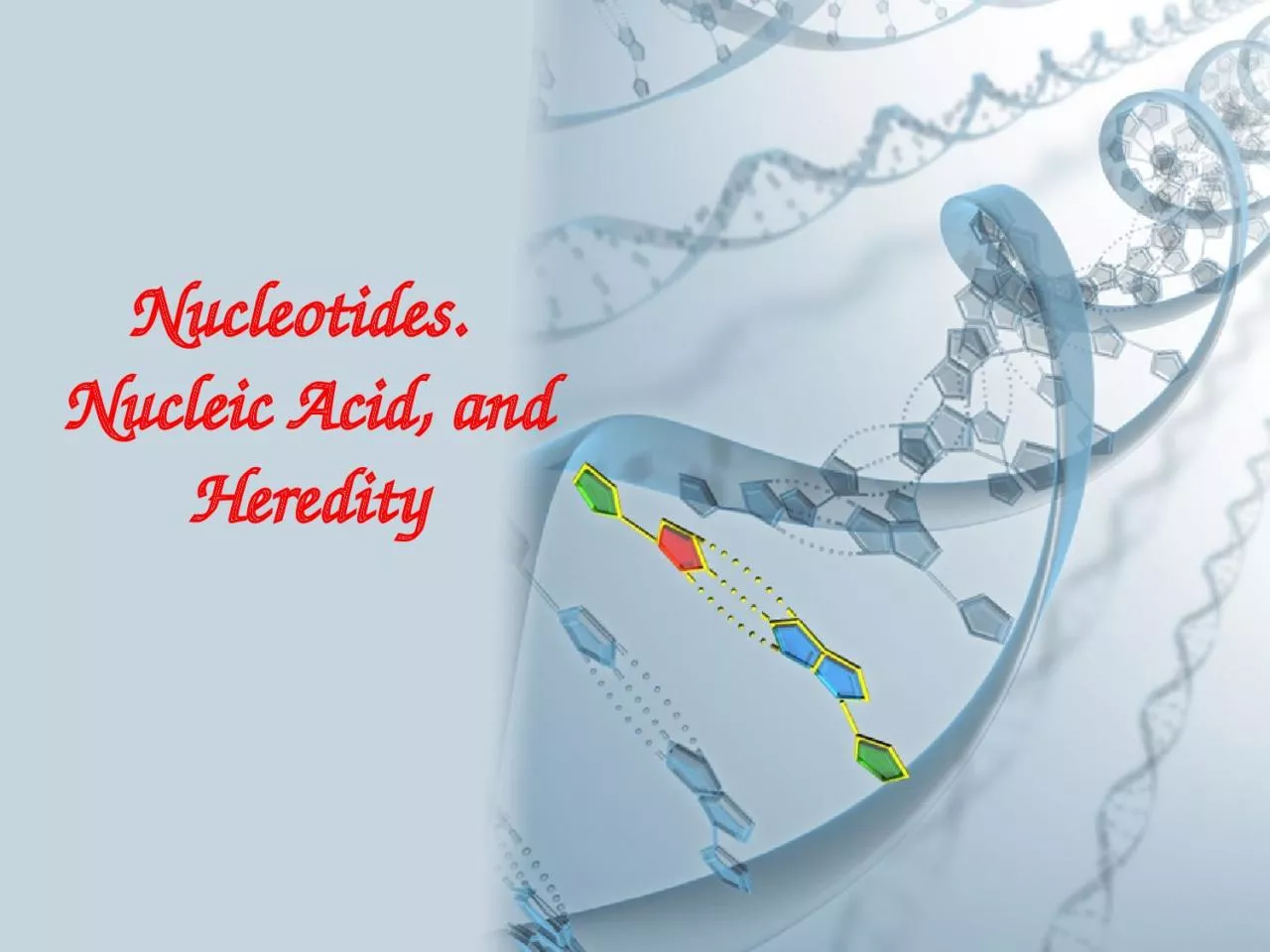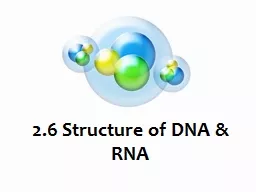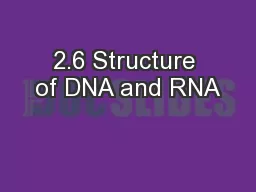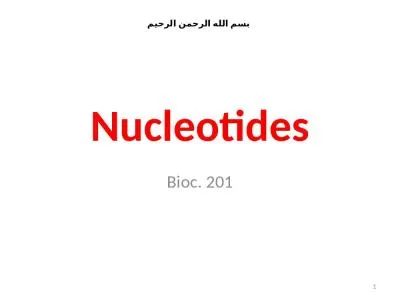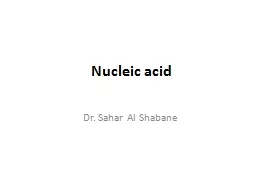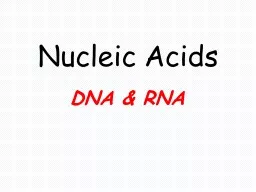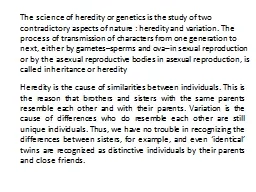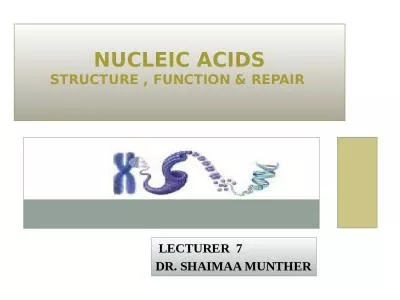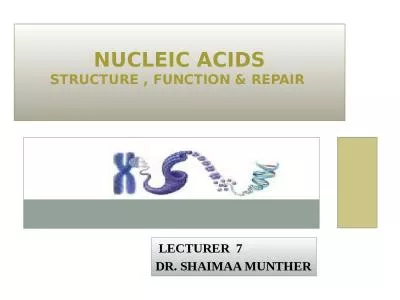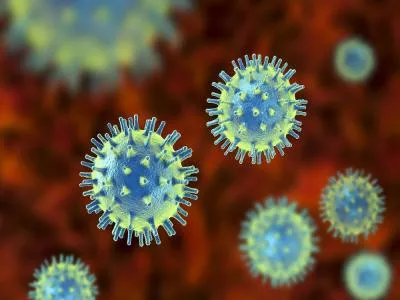PPT-Nucleotides. Nucleic Acid, and Heredity
Author : badra | Published Date : 2023-11-17
What Are the Molecules of Heredity After scientists became aware of the differences in amino acid sequences their next quest was to determine how cells know which
Presentation Embed Code
Download Presentation
Download Presentation The PPT/PDF document "Nucleotides. Nucleic Acid, and Heredity" is the property of its rightful owner. Permission is granted to download and print the materials on this website for personal, non-commercial use only, and to display it on your personal computer provided you do not modify the materials and that you retain all copyright notices contained in the materials. By downloading content from our website, you accept the terms of this agreement.
Nucleotides. Nucleic Acid, and Heredity: Transcript
Download Rules Of Document
"Nucleotides. Nucleic Acid, and Heredity"The content belongs to its owner. You may download and print it for personal use, without modification, and keep all copyright notices. By downloading, you agree to these terms.
Related Documents

